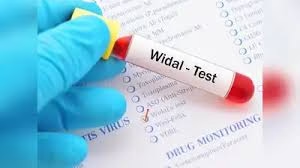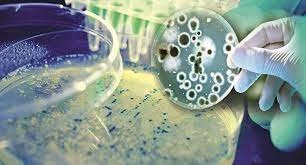
Introduction Medical microbiology is a branch of microbiology that studies microorganisms (such as bacteria, viruses, fungi, and parasites) that cause human diseases. It focuses on understanding these pathogens, their life Read More …
Simplifying Allied Health Learning.

Introduction Medical microbiology is a branch of microbiology that studies microorganisms (such as bacteria, viruses, fungi, and parasites) that cause human diseases. It focuses on understanding these pathogens, their life Read More …

Introduction The Widal test is a serological diagnostic method widely used to identify typhoid and paratyphoid fevers, collectively known as enteric fever. The bacteria Salmonella typhi and Salmonella paratyphi cause these diseases. The Read More …

Introduction Medical laboratory instruments and equipment play a vital role in the accurate diagnosis, monitoring, and treatment of diseases. These tools, ranging from simple microscopes and centrifuges to advanced analyzers Read More …

Introduction Medical microbiology is a cornerstone of clinical diagnostics, providing critical information on the detection, identification, and antimicrobial susceptibility of infectious agents. Historically, microbiological methods relied heavily on manual techniques: Read More …

Introduction Epidemiology is the scientific discipline that studies the distribution and determinants of health-related events in populations and applies this knowledge to control health problems. When applied specifically to infectious Read More …